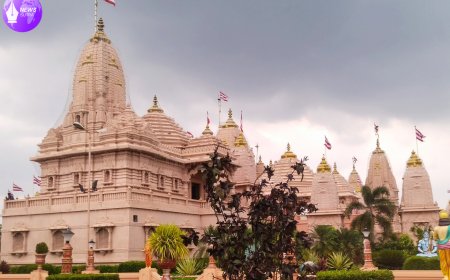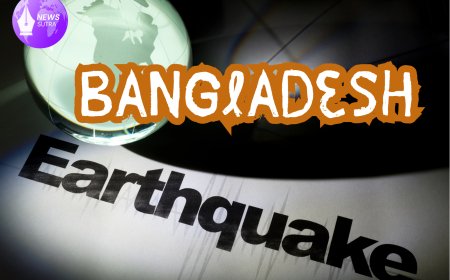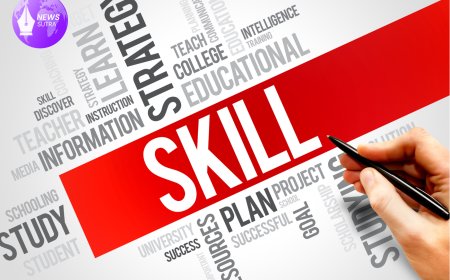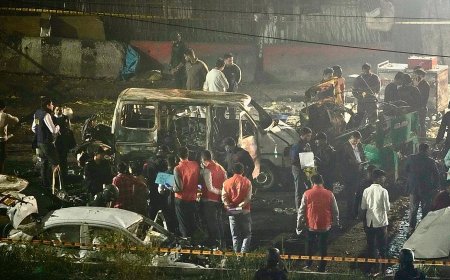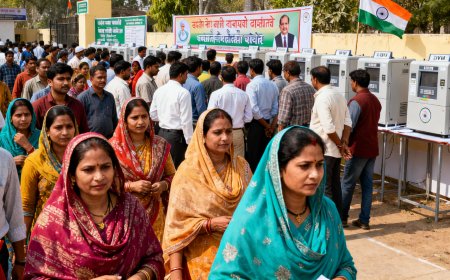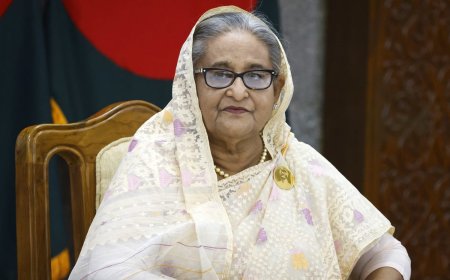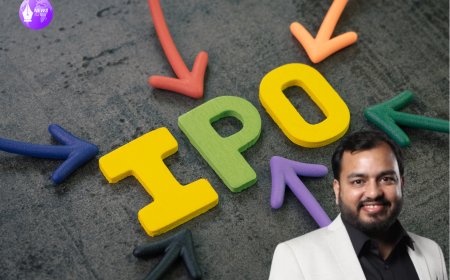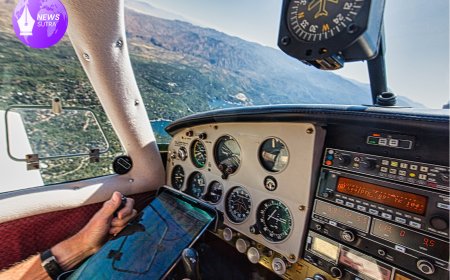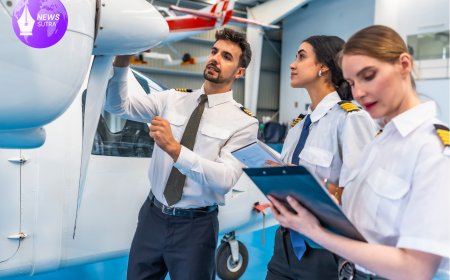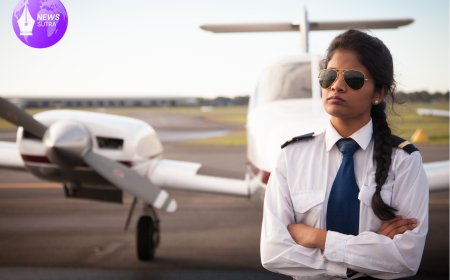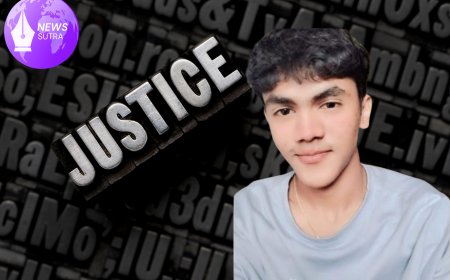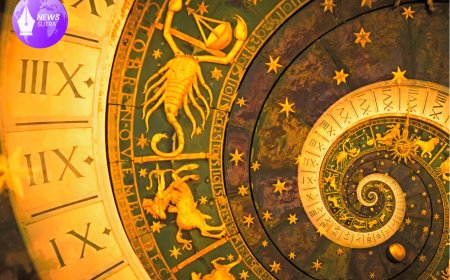How to Become a Commercial Pilot in India and the Requirements You Must Know
A complete guide explaining how to become a commercial pilot in India, including eligibility, DGCA rules, exams, training steps, medical requirements, and flight-hour expectations.
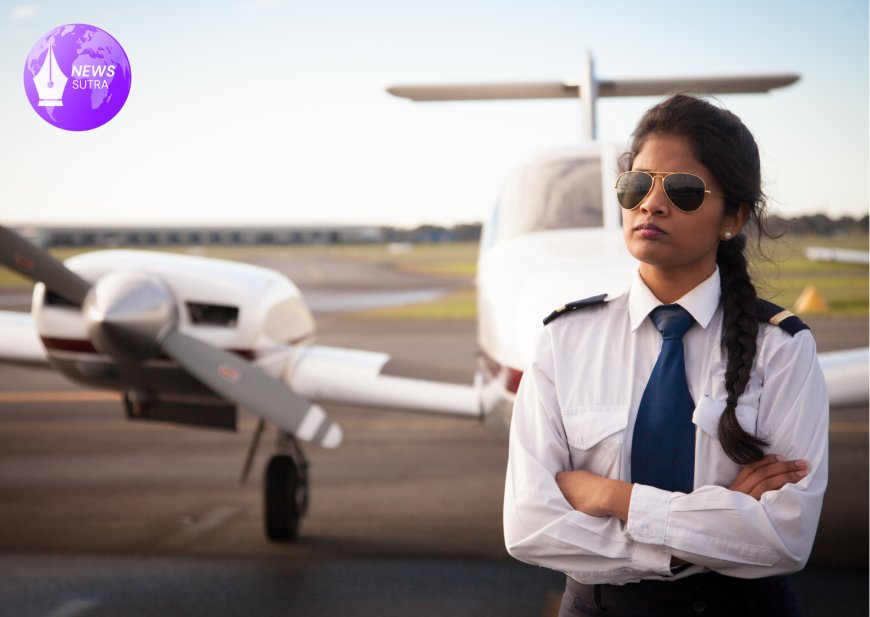
Aviation institutes across India reported a fresh spike in CPL enquiries, proving that the ambition to fly continues to grow among Indian youth. The country’s aviation sector is expanding rapidly, and with major carriers placing record aircraft orders, the demand for trained commercial pilots is stronger than ever.
If you dream of flying for major airlines and want clarity on the exact path, this guide explains how to become a commercial pilot in India while breaking down the requirements in simple, accurate terms.
1. Basic Eligibility Requirements
Before applying for any aviation programme, DGCA has set clear fundamentals that every aspirant must meet:
Educational Qualification
You must have passed Class 12 with Physics and Mathematics from a recognised board.
Students from other streams can still qualify by appearing for these subjects through open schooling.
Age Requirement
You must be 17 years or older to begin flying training and 18 years to hold a CPL.
Nationality
Indian and foreign nationals can train in India, but Indian candidates must meet DGCA’s documentation rules, including Aadhaar and passport verification.
2. Clear DGCA Class 2 and Class 1 Medical Tests
The medical pathway is one of the most crucial steps and is often where applicants get confused.
Class 2 Medical
This is usually your first test. It checks:
-
Eye power and colour vision
-
ENT assessment
-
General physical fitness
-
Basic cardiovascular evaluation
Once approved, DGCA issues a File Number, which is necessary for all future aviation applications.
Class 1 Medical
This is more detailed and mandatory before you can fly commercially.
It includes:
-
ECG
-
Chest X-ray
-
Audiometry
-
Haematology
-
Ophthalmology test
Medical certificates must remain valid through your entire training journey.
3. Choose Your Training Path – Flying School or Cadet Programme
India offers two major routes, and each has its own strengths.
Option A: Flying School Route
This allows full freedom to choose your academy. DGCA-approved schools operate across cities such as Mumbai, Delhi, Hyderabad, Bengaluru, and Gujarat.
Training includes:
-
Ground school for DGCA papers
-
Simulator sessions
-
200 flying hours (minimum requirement for CPL issue)
Flying schools are ideal for candidates looking for flexibility and cost control.
Option B: Cadet Pilot Programme
Cadet programmes are run directly by airlines and offer a structured training pipeline.
Advantages include:
-
Guaranteed quality of training
-
Transparent progression
-
Airline-standard simulators and instructors
Cadet selection is more competitive and involves aptitude tests, interviews, and psychometric assessments.
4. Clear DGCA Written Exams
DGCA conducts several examinations that every pilot must clear. These include:
-
Air Regulations
-
Aviation Meteorology
-
Air Navigation
-
Technical General
-
RTR(A) (conducted by WPC)
These exams demand serious preparation, and coaching institutes play a significant role in helping students understand technical subjects.
5. Complete Minimum Flying Hours (200 Hours Requirement)
A Commercial Pilot Licence in India requires at least 200 hours of flying. These hours include:
-
Solo flying
-
Cross-country flying
-
Night flying
-
Instrument flying (simulator + aircraft)
Flight hours are logged under strict supervision, and DGCA audits training records regularly.
6. Skill Tests, Internal Checks, and CPL Issue
Before DGCA issues your Commercial Pilot Licence, you must pass:
-
A flight skill test conducted by a DGCA Examiner
-
Radio Telephony Restricted exam (RTR)
-
Logbook verification
-
Simulator competency checks
Once these steps are completed, DGCA processes the application and grants the CPL, allowing you to apply for airline jobs.
7. Type Rating – Your Next Big Step
After earning your CPL, you must undergo Type Rating on a specific aircraft such as Airbus A320 or Boeing 737.
This training covers:
-
Advanced simulators
-
Emergency procedures
-
Aircraft systems
-
Crew Resource Management (CRM)
Airlines prefer candidates who already possess a Type Rating as it speeds up deployment.
8. Cost Expectations
While costs vary by school, Indian aviation training generally falls in the following range:
-
Flying training in India: around ₹45–₹60 lakh
-
Type Rating: ₹20–₹35 lakh
Cadet programmes may cost more but offer streamlined placement benefits.
9. Career Opportunities After CPL
India’s aviation boom is creating new job openings every quarter.
Opportunities include:
-
First Officer positions in national airlines
-
Charter pilots
-
Cargo operations
-
Flight instruction roles
-
Corporate jet flying
Fleet expansions by Indian carriers mean the demand for skilled pilots is expected to rise steadily over the next decade.
What's Your Reaction?
 Like
0
Like
0
 Dislike
0
Dislike
0
 Love
0
Love
0
 Funny
0
Funny
0
 Angry
0
Angry
0
 Sad
0
Sad
0
 Wow
0
Wow
0
